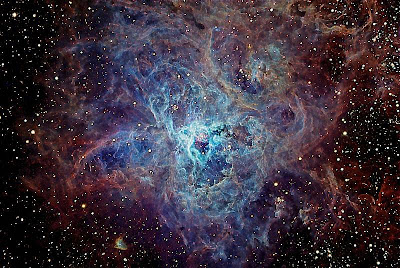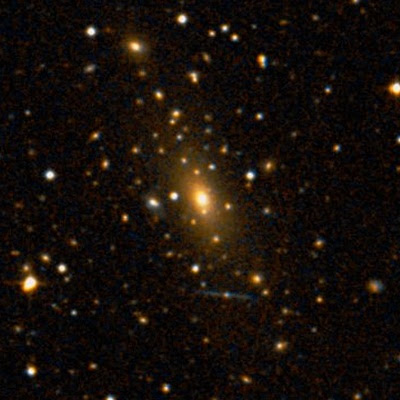Let me see, some objects are listed because of their records. First, nebulae, which are huge clouds of dust and gas. The largest in the Milky Way's neighborhood is the Tarantula Nebula (30 Doradus, NGC 2070 or Caldwell 103).:

This is the largest nebula in the Milky Way's neighborhood, at 300 light-years (almost 100 pc). But if we are in the universal record, that would be NGC 604, which is 740 light-years (240 pc) across.:

(source: wolaver.org)
Next, galaxies, which come in different shapes. Spirals first, and what like called2voyage has said, is NGC 262. Because he can't provide a pic, I will!:

(source: cseligman.com)
NGC 262 is a giant Seyfert spiral, and is 1.3 million light-years across, more than two times larger than the mistakenly clamed largest spiral last January 2013, NGC 6872.:

I don't know why they claimed this one as largest, at 522,000 light-years across only is less than half as that of NGC 262.
But the hands-down king of all galaxies is IC 1101, at 5.6 million light-years across, and is the record holder since 1989.:

A size comparison of this monster:

(source: areavoices.com)
Next, structures. aneroid has the right answer. It's name is Hercules-Corona Borealis Great Wall, some 10 billion light-years across.













